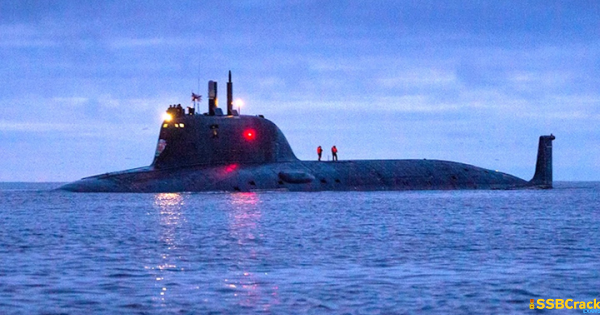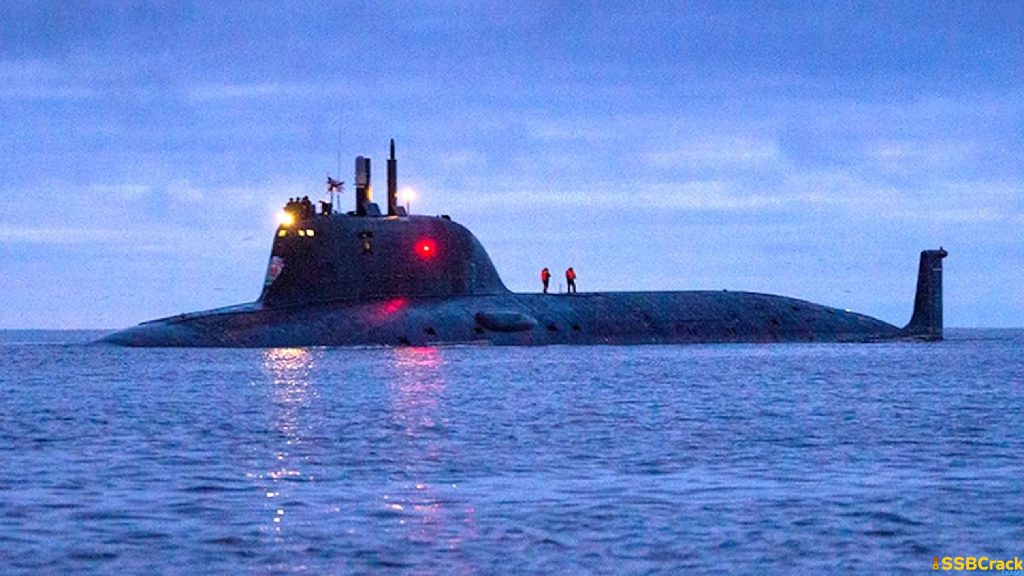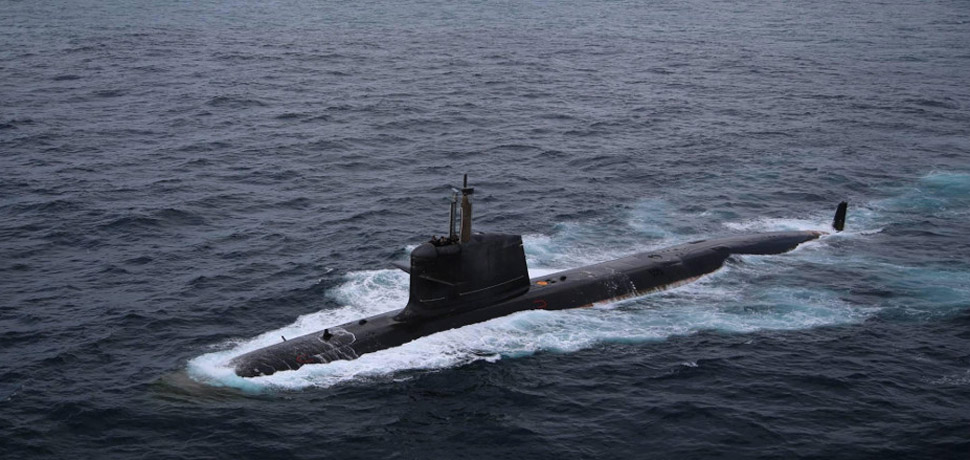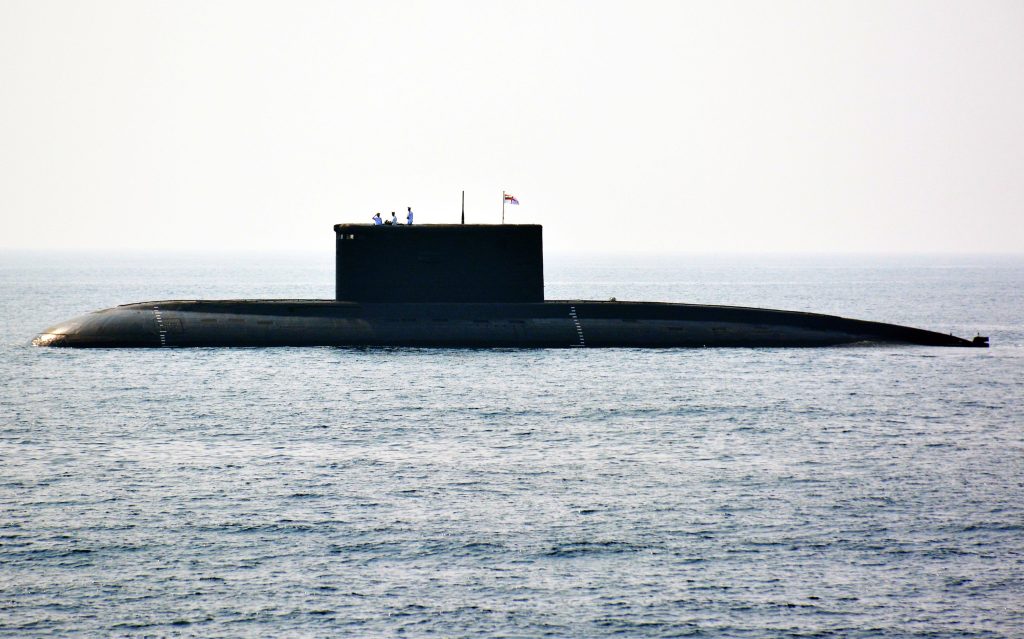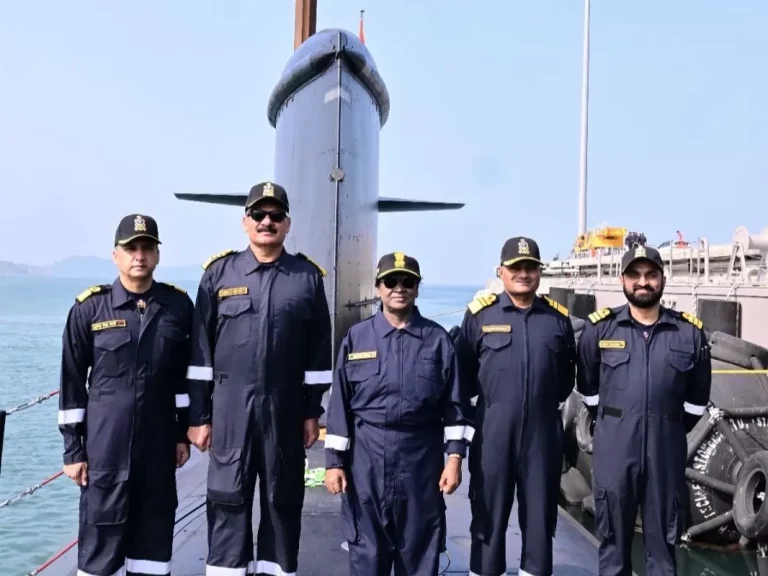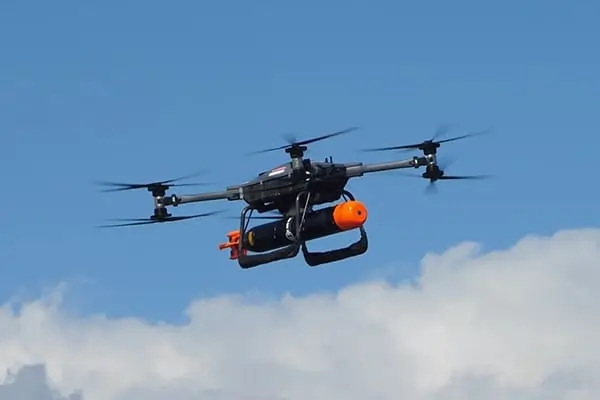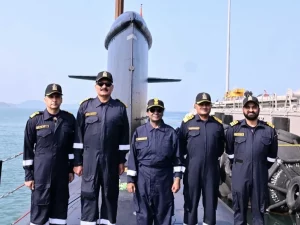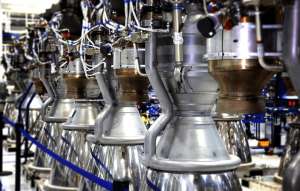According to a new report, India’s second ballistic missile submarine (nuclear-powered submarines armed with nuclear-tipped ballistic missiles or Ship Submersible Ballistic Nuclear (SSBN), INS Arighat, could enter service by 2024.
The submarine is an improved version of the only SSBN in service, INS Arihant. The boat will be able to carry 12 K-15 submarine-launched ballistic missiles (SLBMs) or four K-4 SLMBs, as well as conventional torpedoes and mines, with a displacement of around 6,000 tonnes.
While the K-15 has a range of 750 kilometers, the K-4 can hit targets up to 3,500 kilometers away. The addition of the K-4 missile to India’s nuclear delivery arsenal will allow India’s SSBNs in the northern Bay of Bengal to target parts of China due to its long range. The INS Arighat, which was launched in 2017, has been undergoing extensive trials.
India’s SSBN Program
With the first two SSBNs completed, attention has shifted to the slightly larger and better-armed S4 and S4 boats. The two boats, the first of which will be launched in 2021, are being built at Visakhapatnam’s Ship Building Centre. Satellite imagery confirms that the S4 is slightly larger than the INS Arihant and Arighat. The boat’s length could have been increased to accommodate additional tubes for nuclear-tipped ballistic missiles. While the INS Arihant has four vertical-launch missile tubes, the S-4 is said to have at least eight nuclear missile tubes.
Also read: What Is Project 75-A (Indian Navy Submarine)?
As a result, S-4 will be able to carry eight K-4 SLBMs and 24 K-15 SLBMs, which is reportedly twice the capacity of INS Arihant. India is also developing a new generation of SSBNs that will be far more capable than previous generations. The design phase of the project is currently underway. This new type of submarine, known as S-5, will have a displacement of 13,500 tonnes, which is twice that of the Arihant-class boats, and will be capable of carrying 12 long-range nuclear-tipped missiles.
SSN Program In The Making
The government has also authorized the construction of nuclear-powered attack submarines, known as SSNs. The program entails the design and construction of six SSNs, each weighing approximately 6,000 tonnes. SSNs, like SSBNs, are powered by a nuclear reactor and can stay underwater for extended periods of time, much longer than diesel-electric submarines or SSKs, which must surface at regular intervals to recharge the batteries that power them underwater. At the same time, because SSNs are not armed with nuclear-tipped missiles, they are less complicated to operate than SSBNs.
Also read: How To Become An Indian Navy Submariner?
This project was approved in 2015, a year after the National Democratic Alliance (NDA) took power. The initial design work began in 2017 at the Gurgaon-based Submarine Design Centre, and significant progress has been made since then. The government allocated Rs 100 crore for the initial phase of development of these submarines in 2019.
After a successful initial design phase, the program received government approval for the detailed design phase. The first indigenously designed and built SSN is expected to enter service with the Indian Navy in the first half of the next decade.
The Invisible – INS Arihant
Nuclear and diesel attack missile-firing submarines are very potent weapons in the Indian Ocean’s equatorial waters because they are extremely difficult to detect due to the large temperature difference between the surface and depth. Because of the large temperature difference, a physical phenomenon known as total internal reflection occurs, causing the submarine to appear to be in a different location than it actually is.
Also read: Complete List Of Submarines Operated By Indian Navy
To crack the SSB Interview, You can join our SSB interview live classes batch and we recommend you to Enroll SSB INTERVIEW ONLINE COURSE. Trusted by thousands of defence aspirants.
